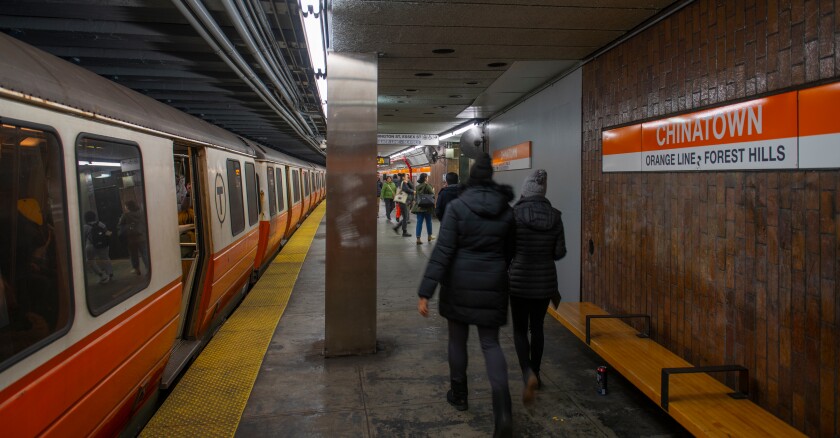“The last three days experienced the highest-ever ridership on our bike-share. Each day is a record,” said Vineet Gupta, director of planning with the Boston Transportation Department during a panel discussion Aug. 31. The discussion was led by the Urbanism Next Center, a transportation and urban design research institute at the University of Oregon.
The city of Boston owns its own bike-share operation, known as Bluebikes. The micromobility system has been in operation for about a decade and can be found in all Boston neighborhoods. The city contracts out the day-to-day operation of the service to a private-sector vendor.
The bike-share program is part of a larger mosaic of transportation options in Boston to encourage residents to choose practically any other mode of travel than a personal car, with the overall goal of having residents and workers choose mass transit, Gupta explained.
However, since mid-August when the Massachusetts Bay Transportation Authority (MBTA) initiated a monthlong shutdown of the Orange Line, riders have been moving in the other direction, forgoing transit, and taking to bikes.
“There are many people who have taken on biking as their mode of travel to get to work or wherever they have to go. And we’re hoping that habit remains once the Orange Line comes back,” said Gupta, who added the bike service has been made free to use during this disruption, as long as the trip takes no more than two hours.
It should be noted MBTA has taken other steps to smooth the disruption. The transit agency has deployed a fleet of 160 to 200 free buses to serve the Orange Line route. The Orange Line generally transports about 60,000 to 70,000 people a day, according to MBTA stats.
Taking an entire subway line out of service for a month is not typical, say MBTA officials. But it was necessary for the level overhaul and upgrades the route has been in need of.
“Given the volume of work that we wanted to get done on the Orange Line, we felt we had an effective number of projects … to justify this monthlong shutdown,” Steve Poftak, general manager for MBTA, told the transit board during the Aug. 31 meeting.
“This is not an isolated one or two work crews out on the Orange Line. This is a fully mobilized Orange Line with multiple work crews in multiple locations,” he added.
Big disruptions like this one “provide opportunities for public sector to take specific action, and try and do that mode-change behavior, and give incentives to encourage that mode-change behavior,” said Gupta, pointing also to the transportation shakeup resulting from the COVID-19 pandemic, which promoted any number of changes in Boston and other cities, ranging from experiments like “slow streets” to reimagined delivery zones.
“We put miles of bus lanes in Boston in the last year,” Gupta offered as an example, noting the city's aim to be carbon neutral by 2050.
When the Orange Line reopens Sept. 19 — riders can expect safer, faster, newer trains.
“We are on schedule, overall,” said Poftak. “And we were, I would say, cautiously confident about all the work that we’re going to get done.”
This article was originally published by Government Technology, a sister site to Governing. Both as divisions of e.Republic.









